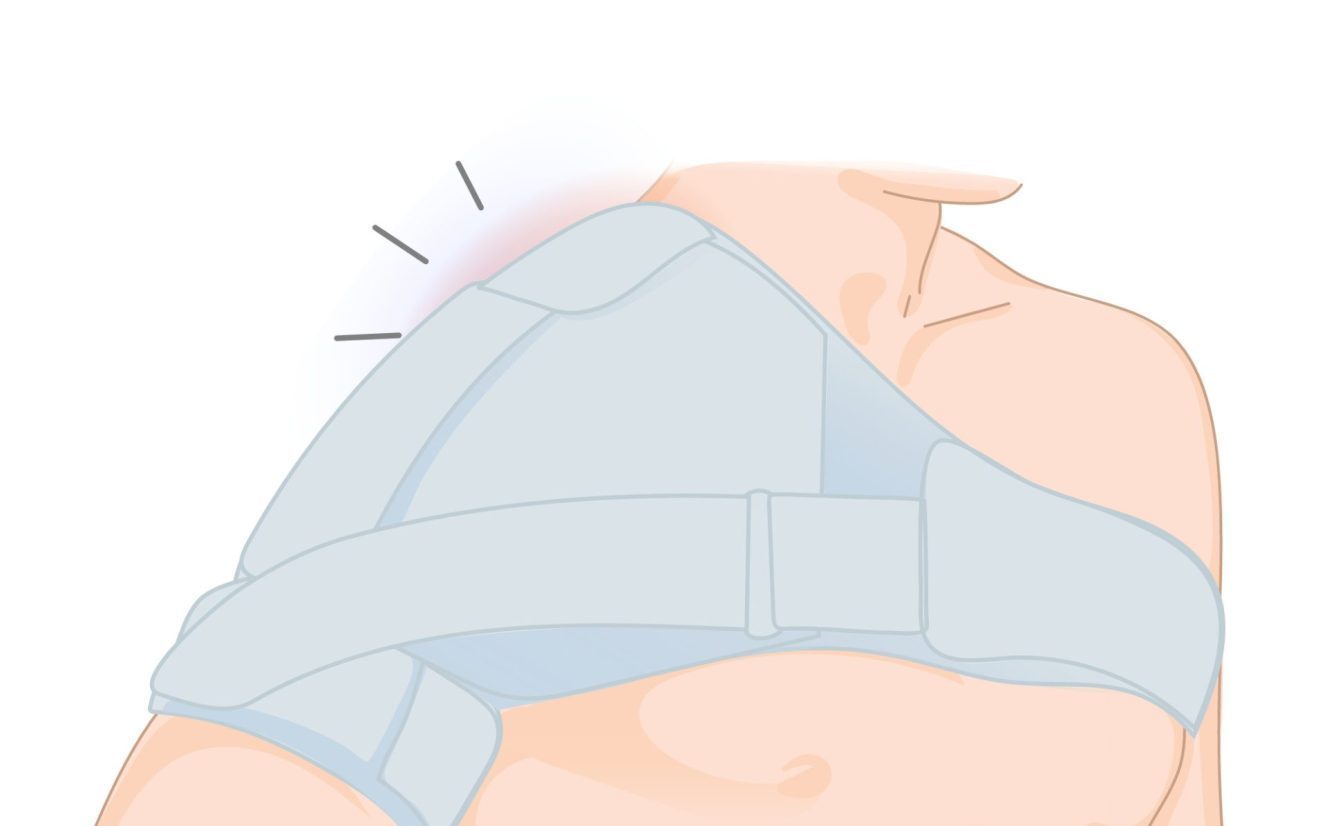Shoulder dislocations and subluxations are common injuries that occur when the upper arm bone (humerus) comes out of its socket in the shoulder joint. These injuries can result from trauma, falls, sports-related incidents, or underlying structural abnormalities in the shoulder joint.
When a shoulder dislocation occurs, the humerus completely comes out of the shoulder socket, while a subluxation refers to a partial or temporary displacement of the humerus from the socket. Both conditions can cause significant pain, instability, and limited range of motion in the shoulder.
The management of shoulder dislocation and subluxation typically involves a multi-faceted approach aimed at reducing pain, restoring stability, and preventing further episodes. Physiotherapy plays a crucial role in the treatment process, helping individuals regain strength, mobility, and functional abilities.
Following the 5 stages of rehab can assist in achieving optimal recovery:
- Pain management: The initial focus is on relieving pain and inflammation in the shoulder joint. Physiotherapists employ various modalities such as supportive taping or bracing, ice therapy, manual therapy techniques, and gentle exercises to reduce pain and swelling.
- Range of motion: Once pain is under control, the emphasis shifts to restoring the normal range of motion in the shoulder joint. Range Physiotherapists use specific exercises and stretching techniques to improve flexibility and mobility in the shoulder. Gradual and controlled movements are introduced to avoid further injury.
- Motor control: This stage focuses on improving neuromuscular control and stability around the shoulder joint. Physiotherapists prescribe exercises that target the rotator cuff muscles, scapular stabilizers, and other supporting muscles. These exercises help improve coordination, balance, and proper movement patterns to enhance shoulder stability and minimise the likelihood of future dislocations.
- Strengthening: Strengthening exercises play a vital role in restoring shoulder strength and stability. Range Physiotherapists will design a personalized exercise program that targets the muscles around the shoulder joint, including the rotator cuff, deltoids, and scapular muscles. Resistance training using bands, weights, or your bodyweight helps build muscle strength, endurance, and overall shoulder stability.
- Maintenance: The final stage focuses on maintaining the progress achieved through rehabilitation and preventing recurrent dislocations or subluxations. Range Physiotherapists will provide guidance on maintaining a regular exercise routine, incorporating specific shoulder-strengthening exercises, and implementing proper body mechanics and techniques for daily activities and sports participation.
In addition to physiotherapy, the treatment of shoulder dislocation and subluxation may involve wearing a supportive brace or sling to immobilize the shoulder temporarily. In severe cases or recurrent dislocations, surgical intervention may be necessary to repair damaged structures and restore stability to the shoulder joint.
Range Physio practices have physiotherapists who specialize in shoulder rehabilitation. They will assess the individual’s condition, develop a tailored treatment plan, and monitor progress throughout the rehabilitation process. With proper care, adherence to the rehabilitation program, and ongoing support, individuals can regain shoulder stability, function, and return to their desired level of activity.
For more information regarding shoulder dislocation and subluxation please visit:


